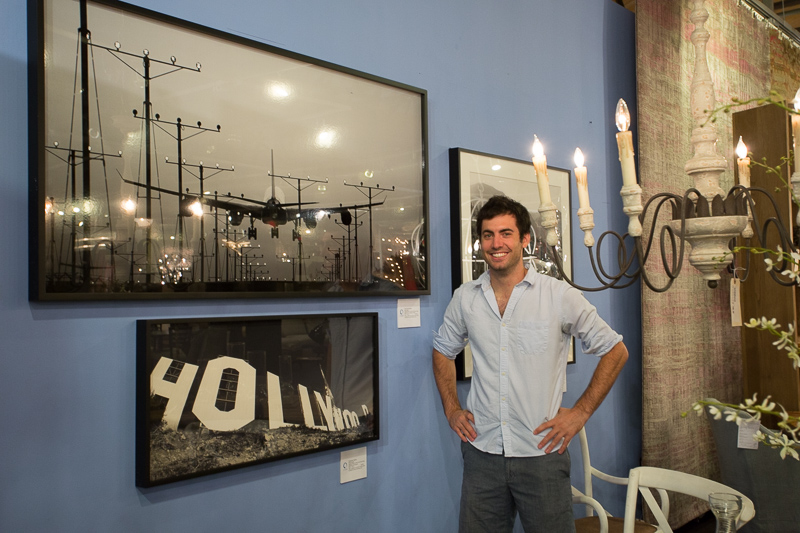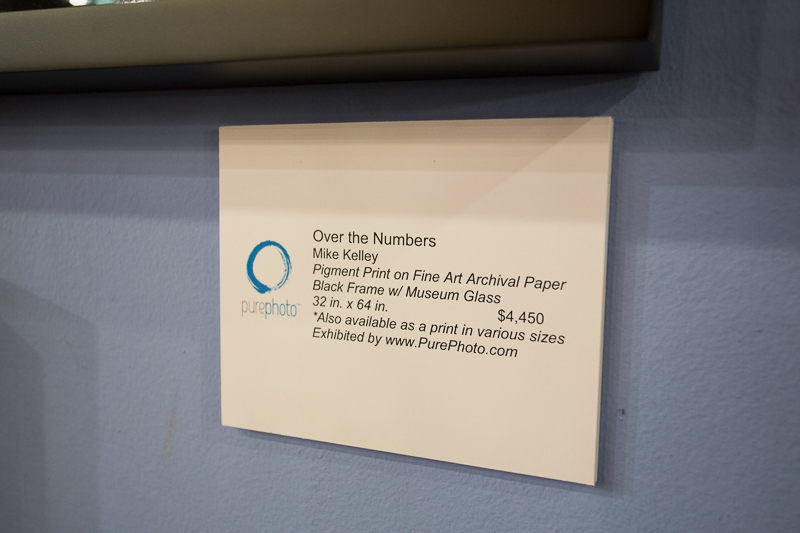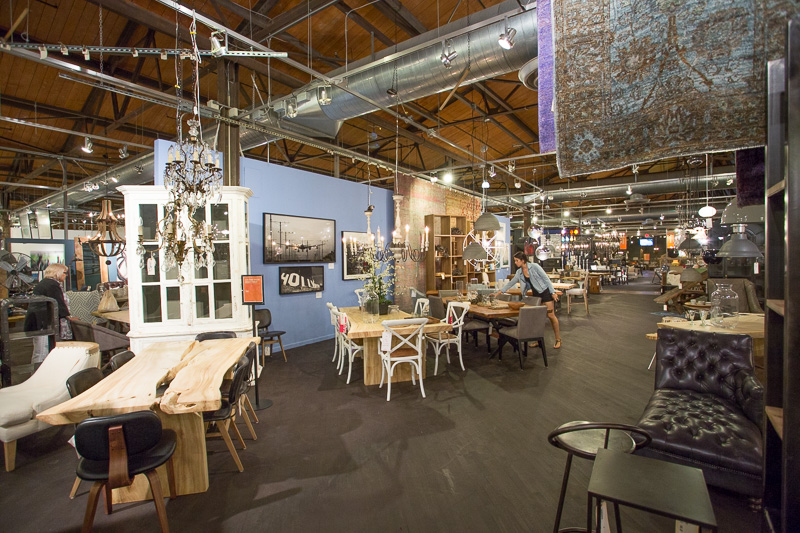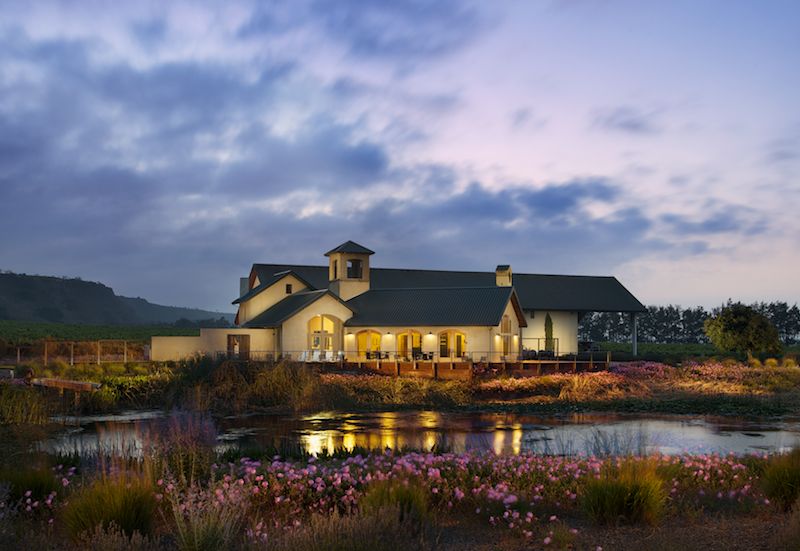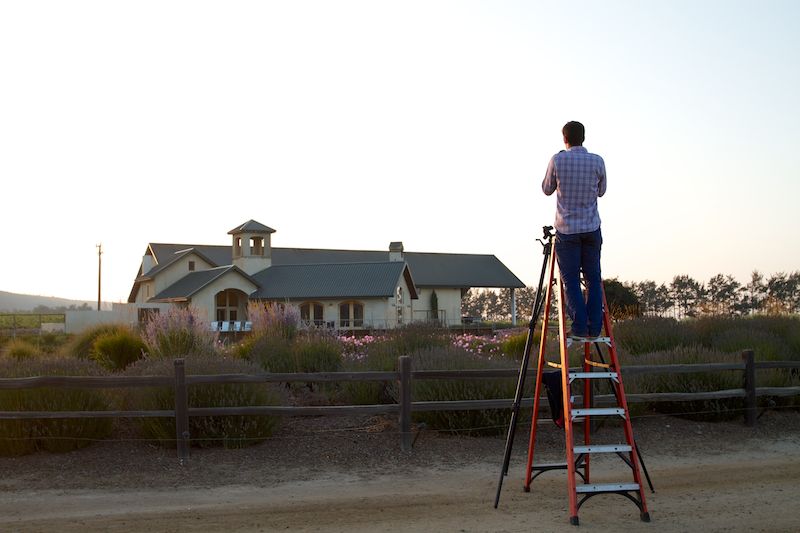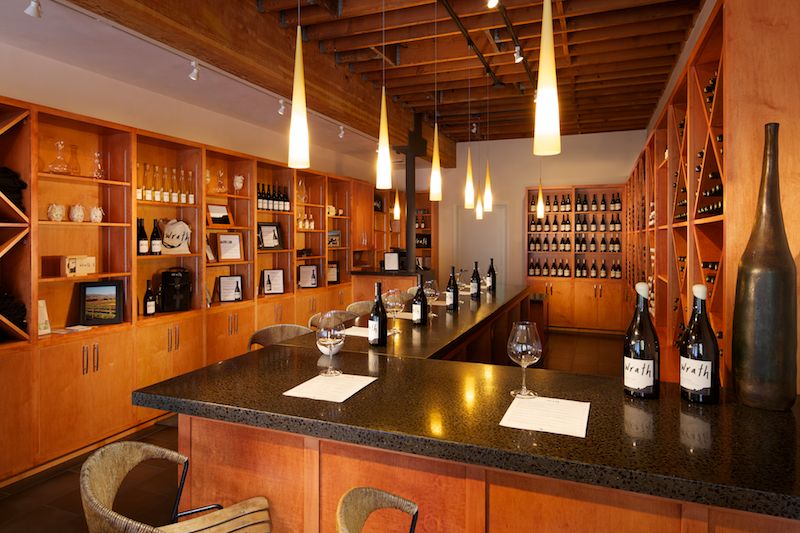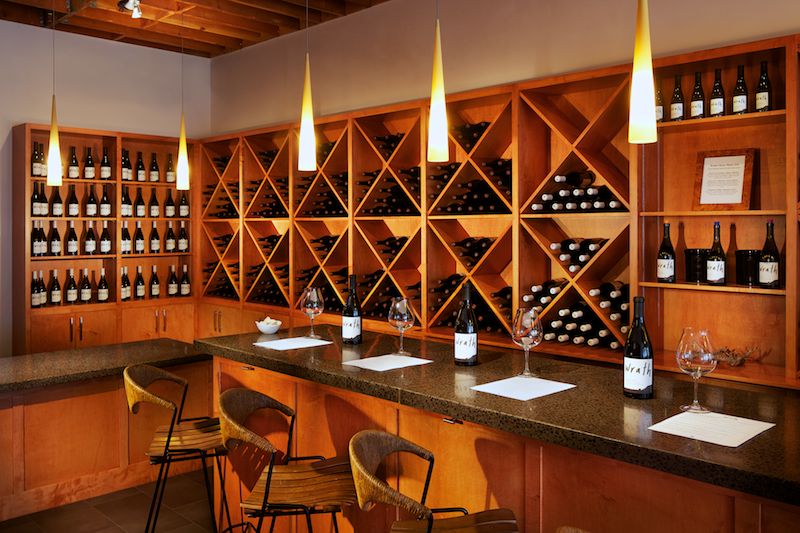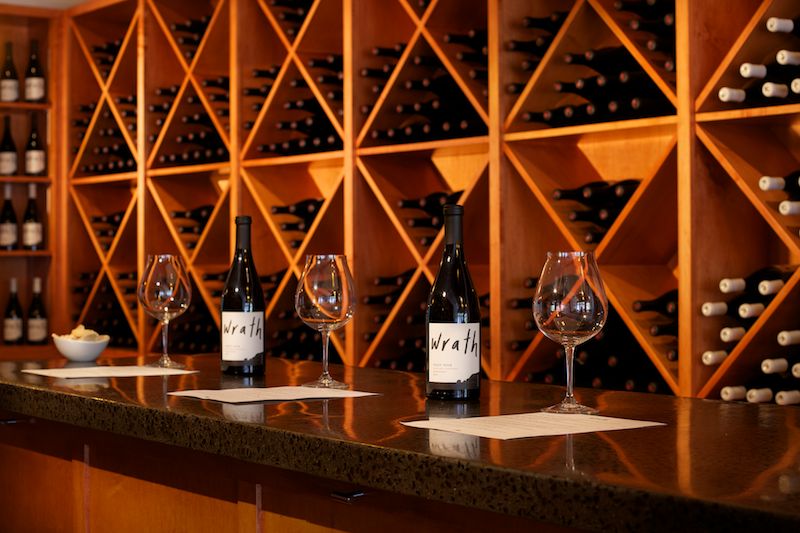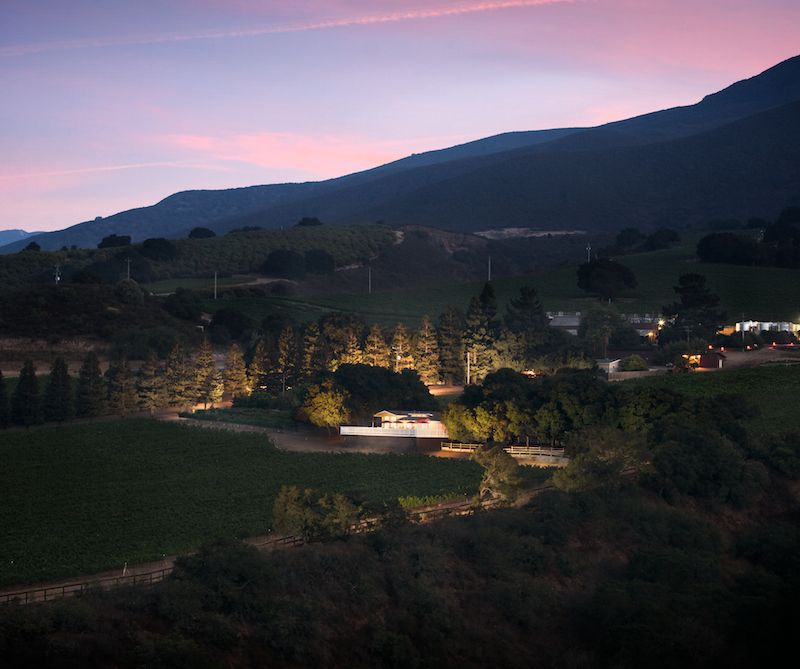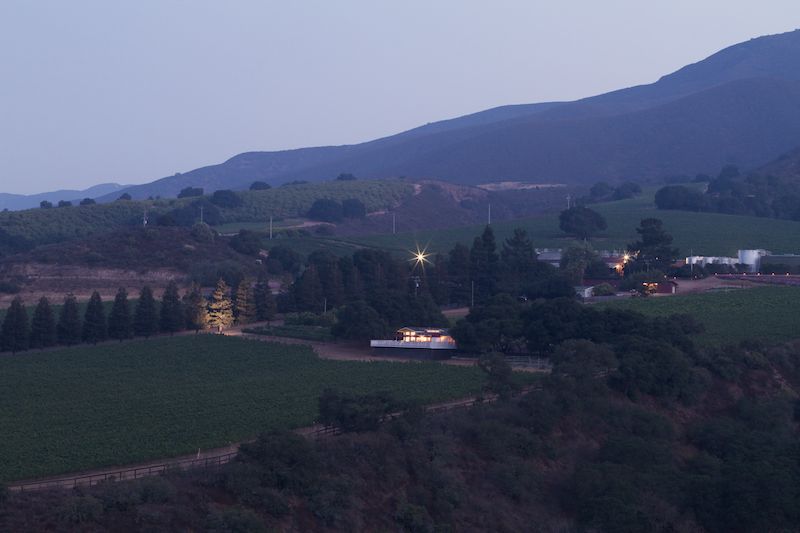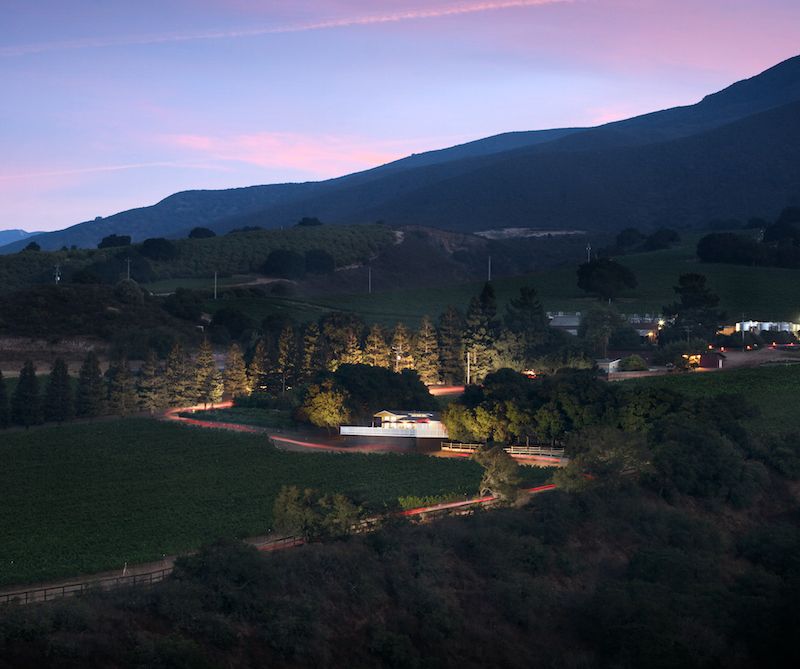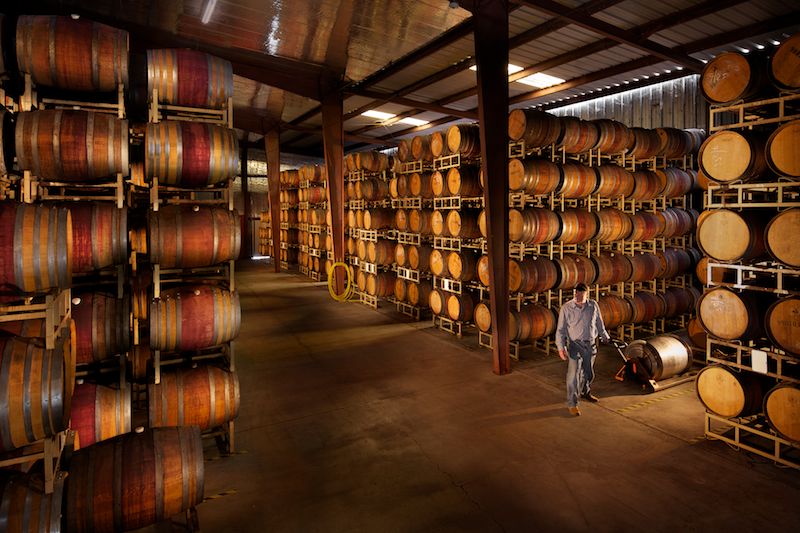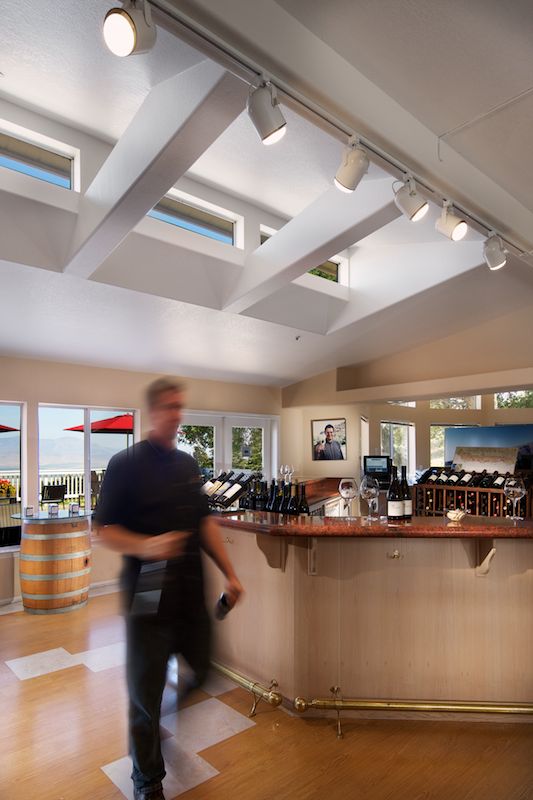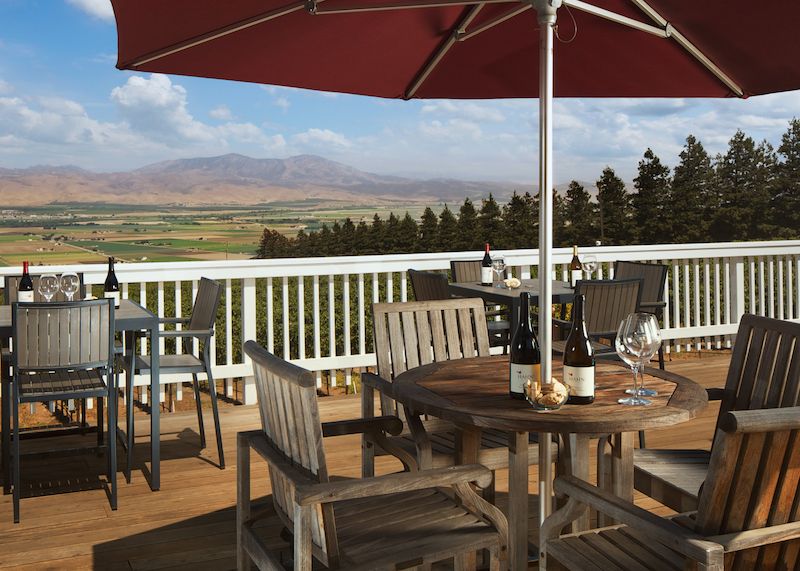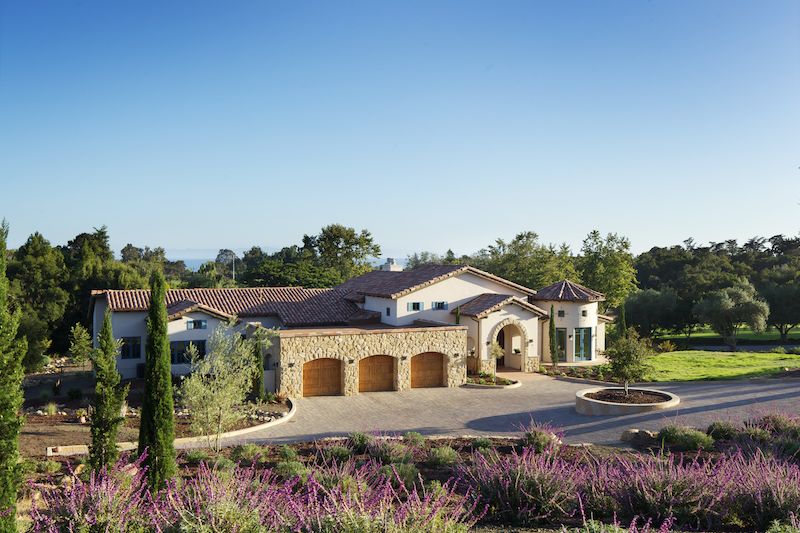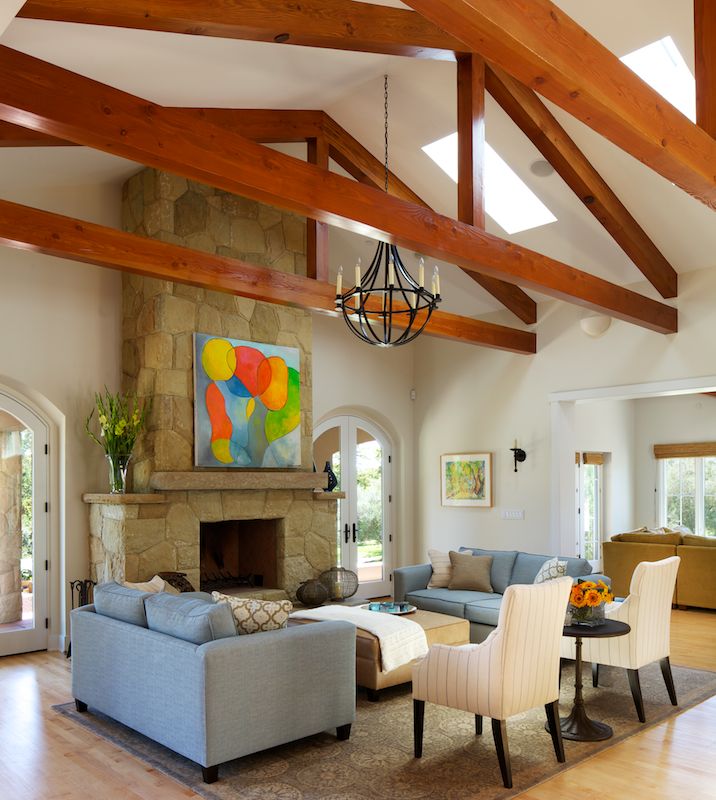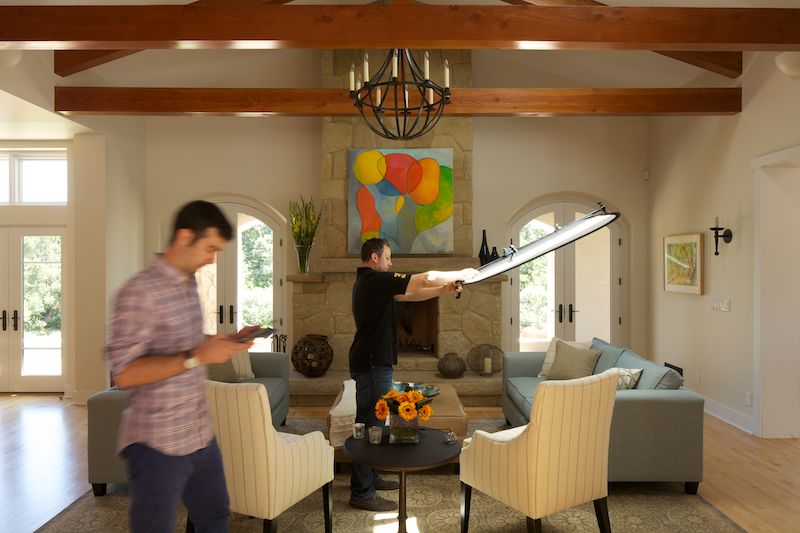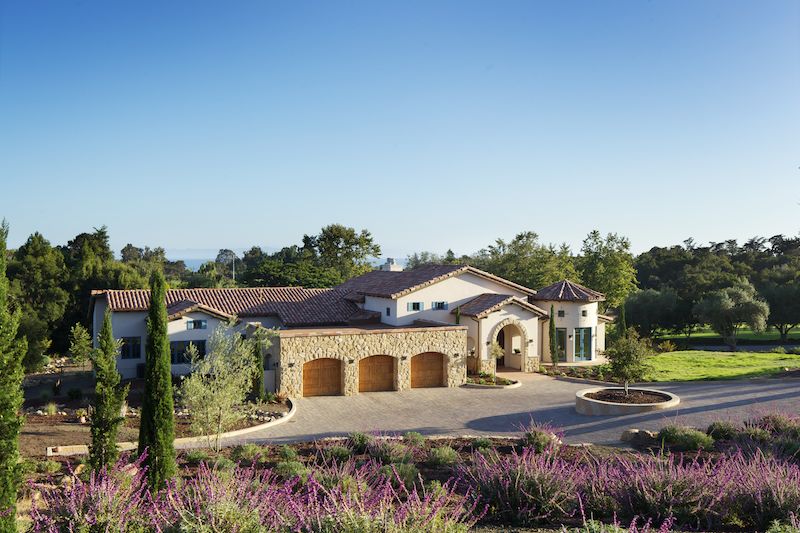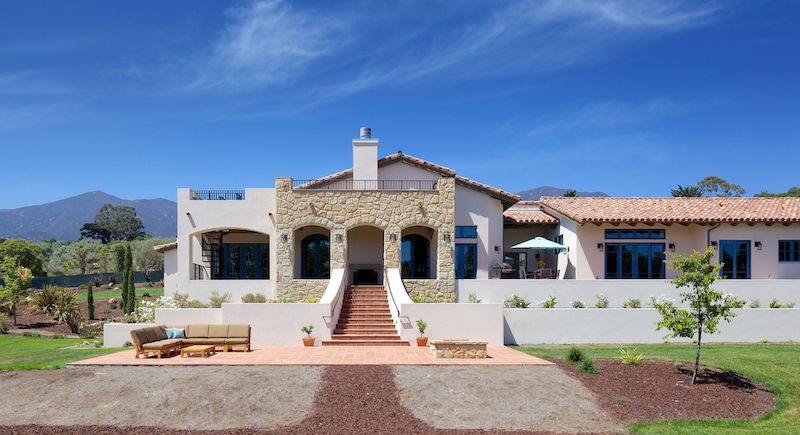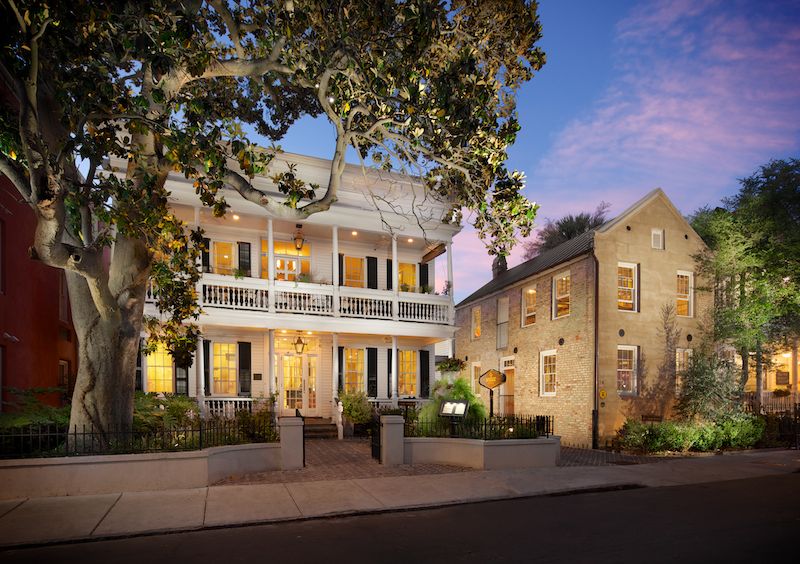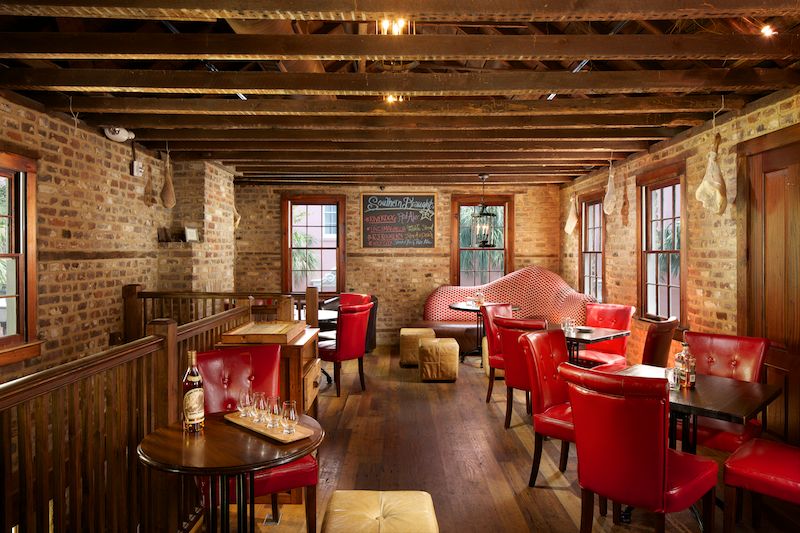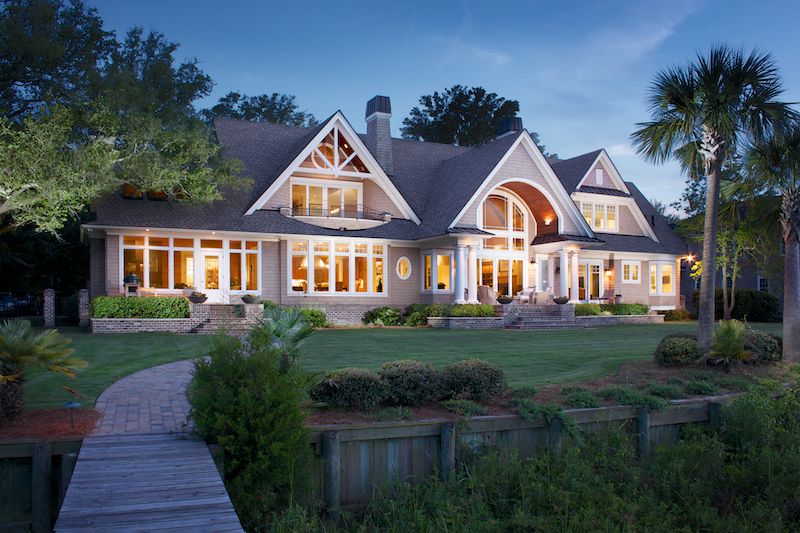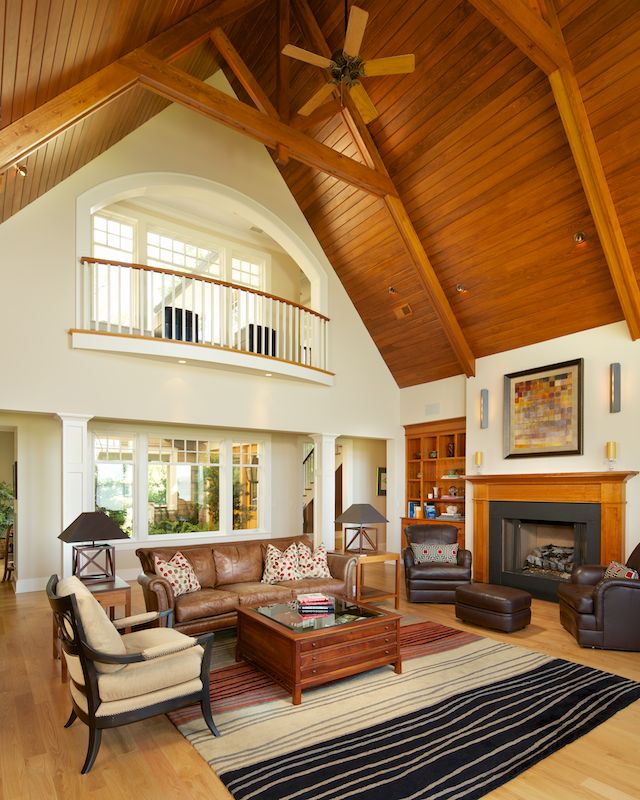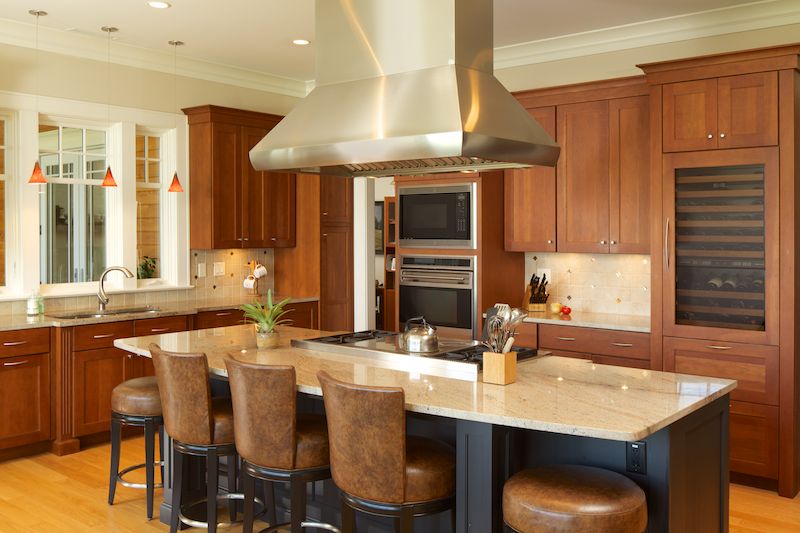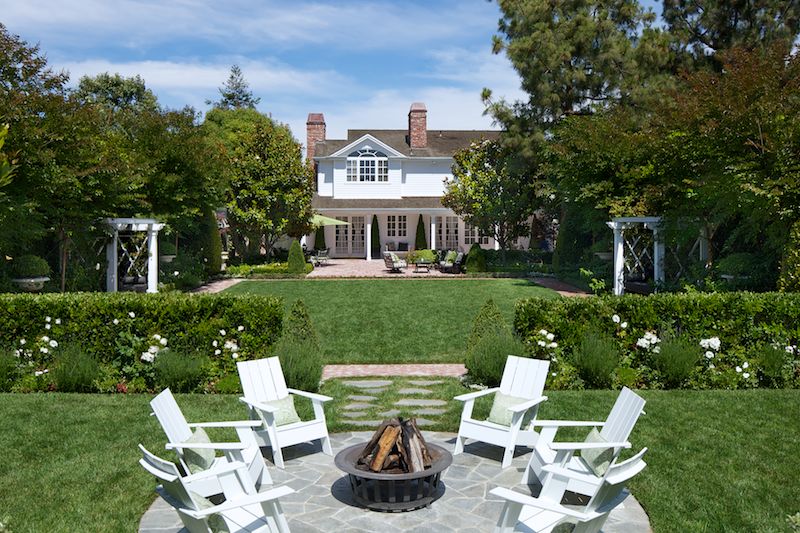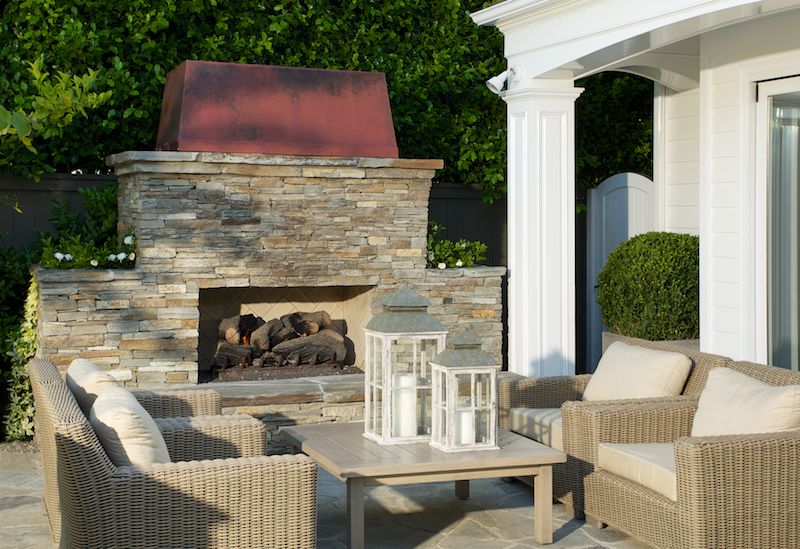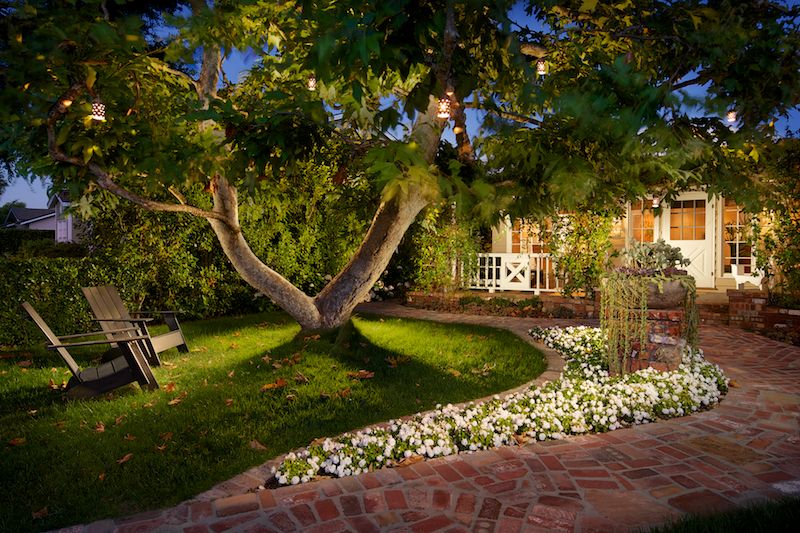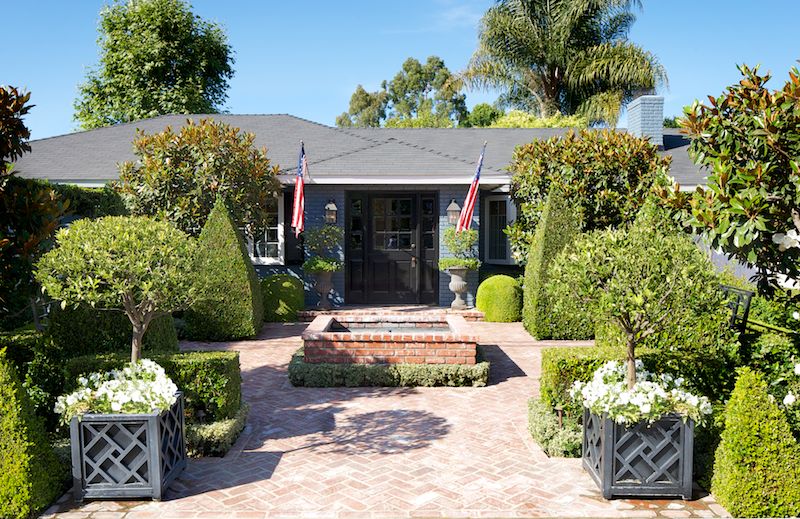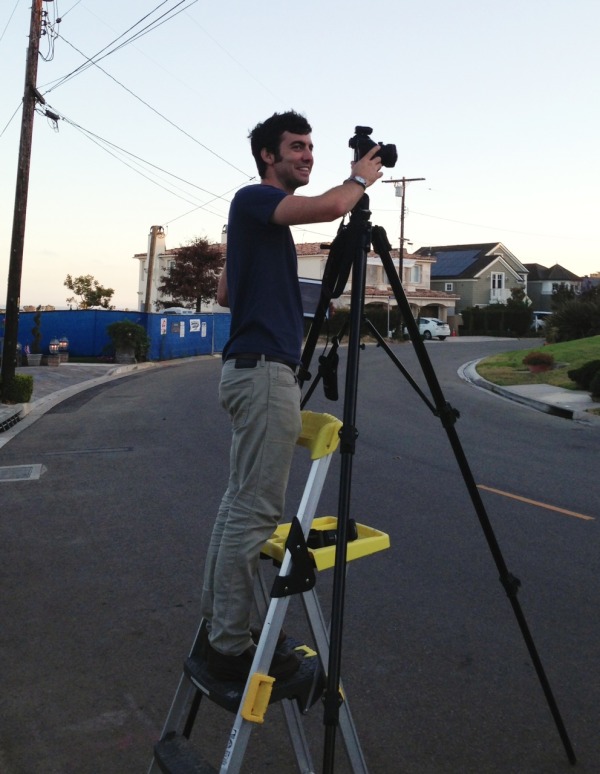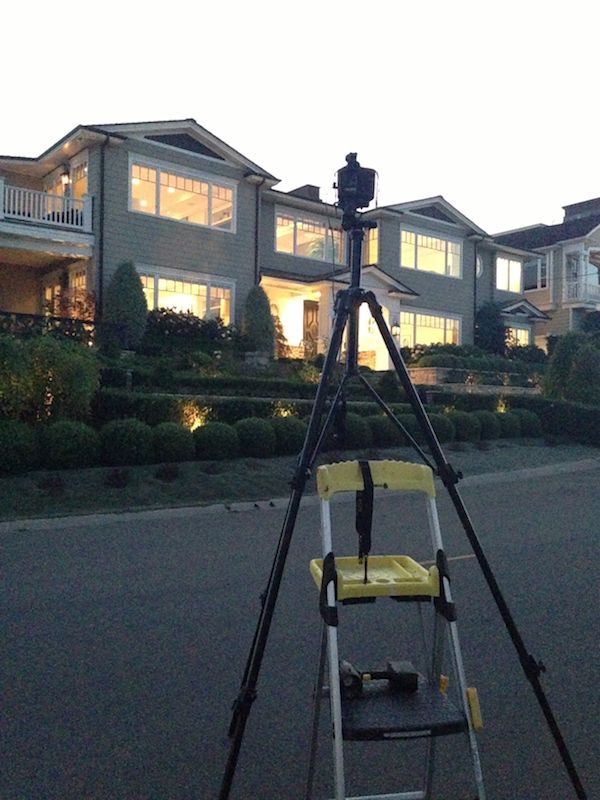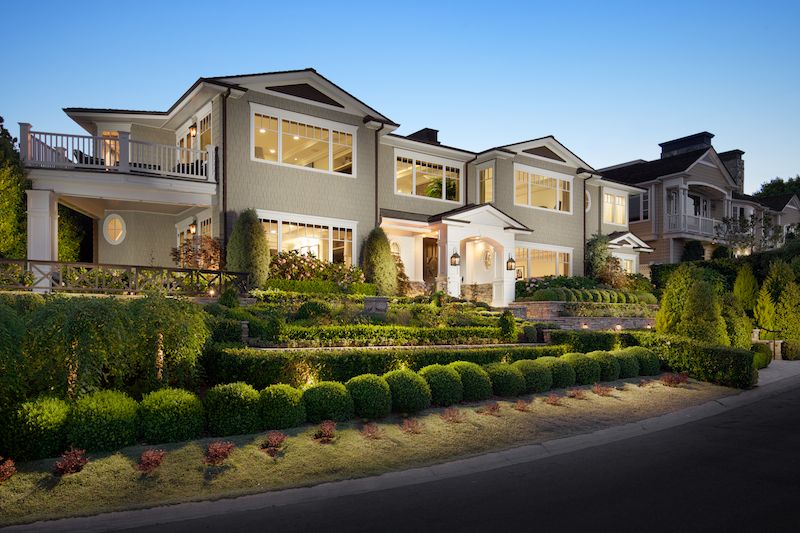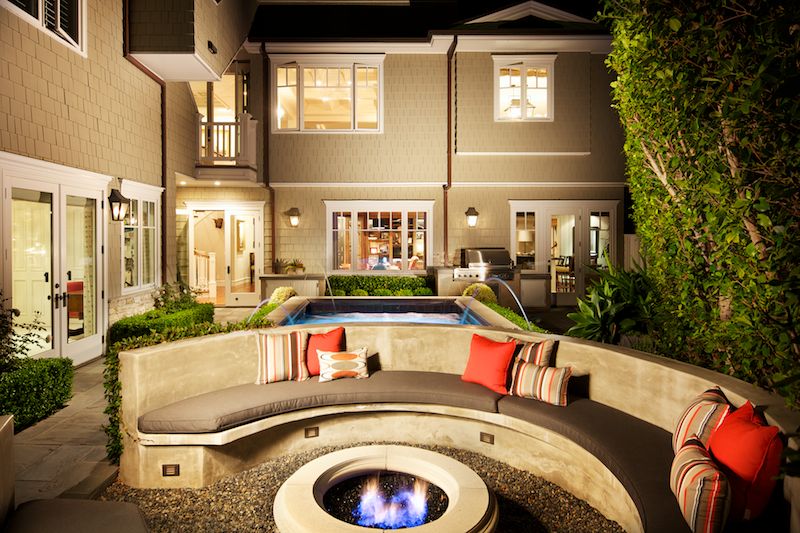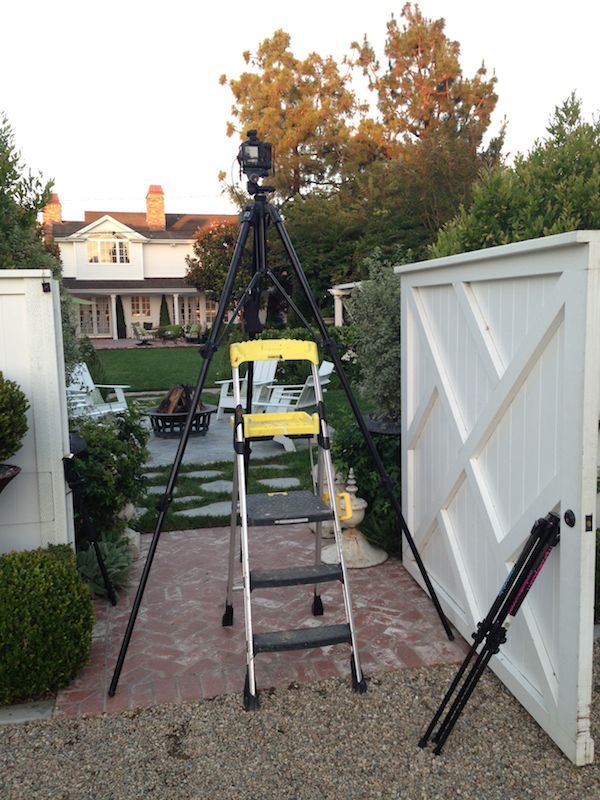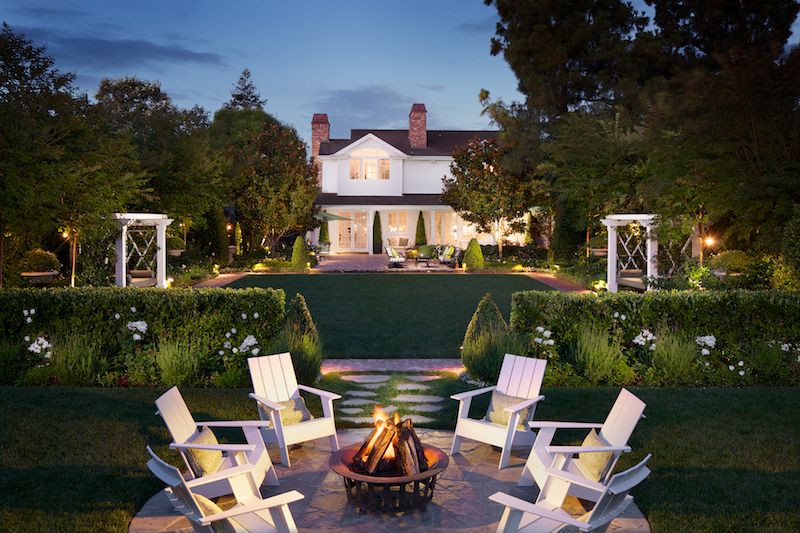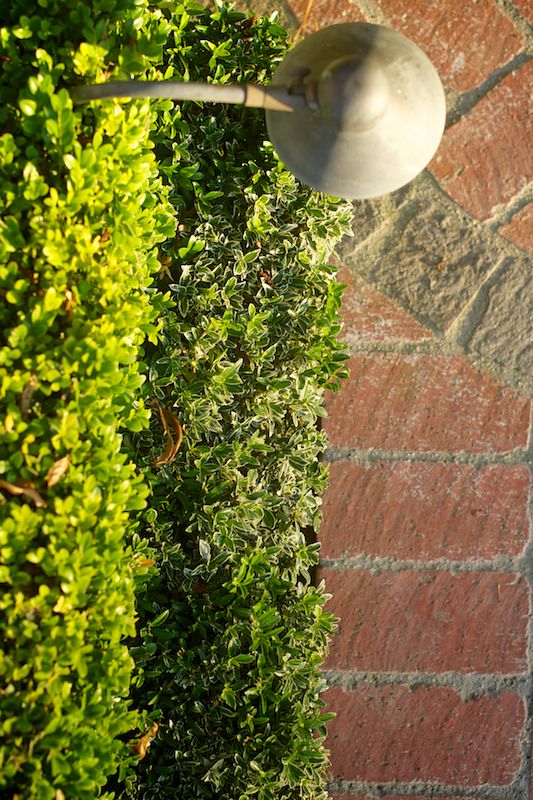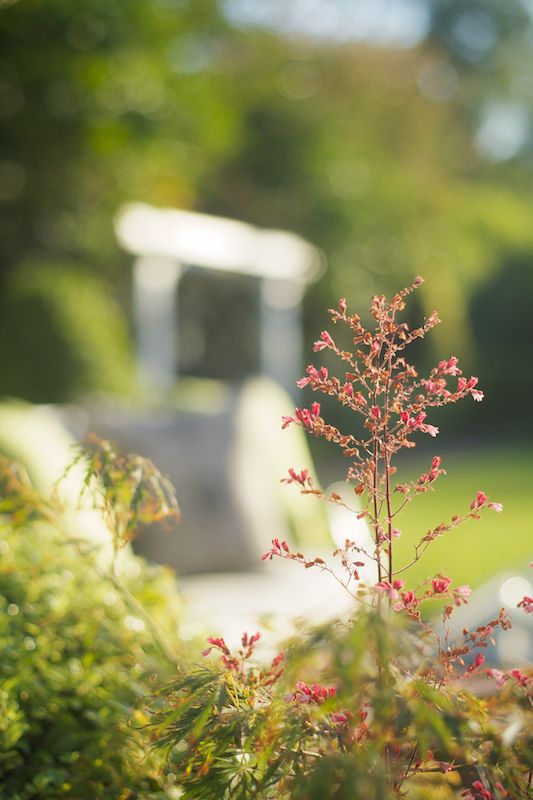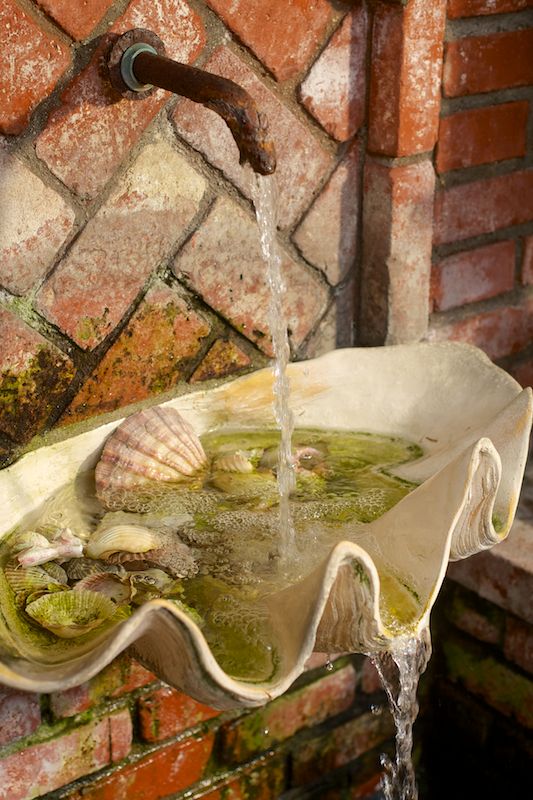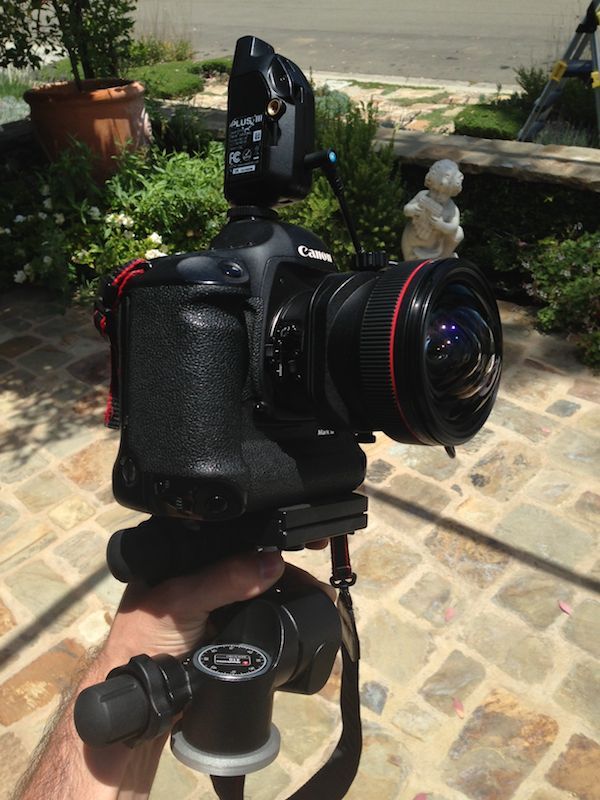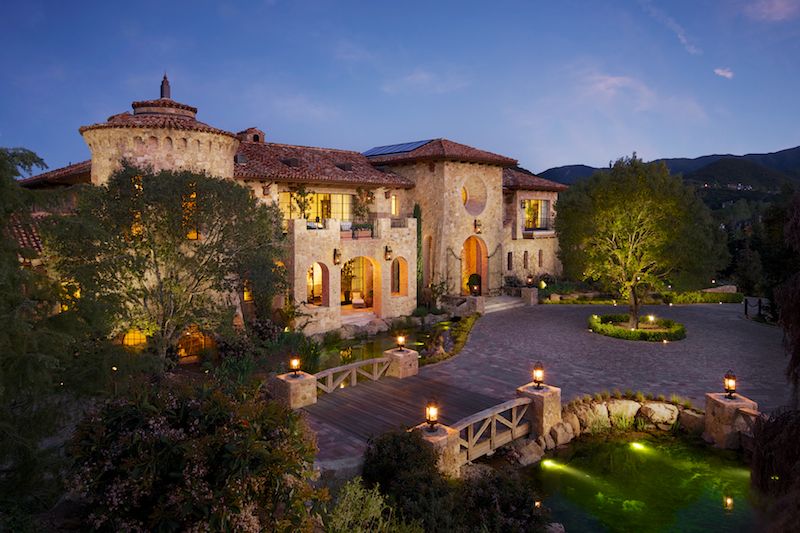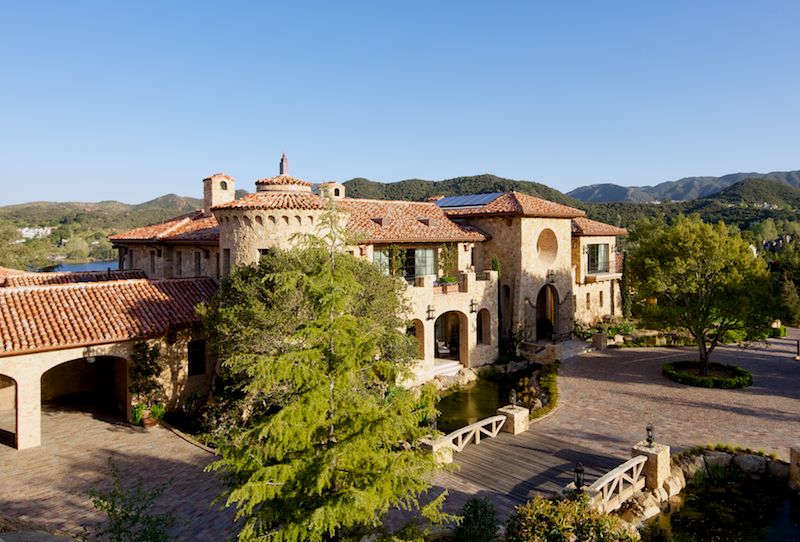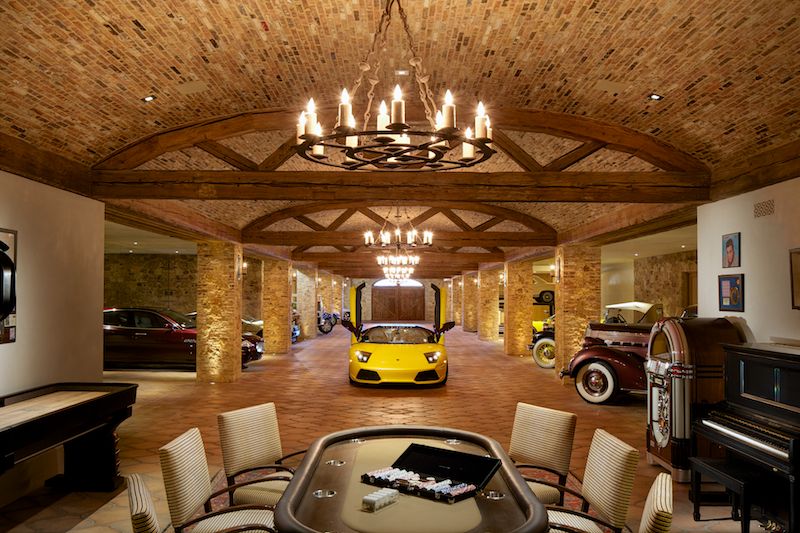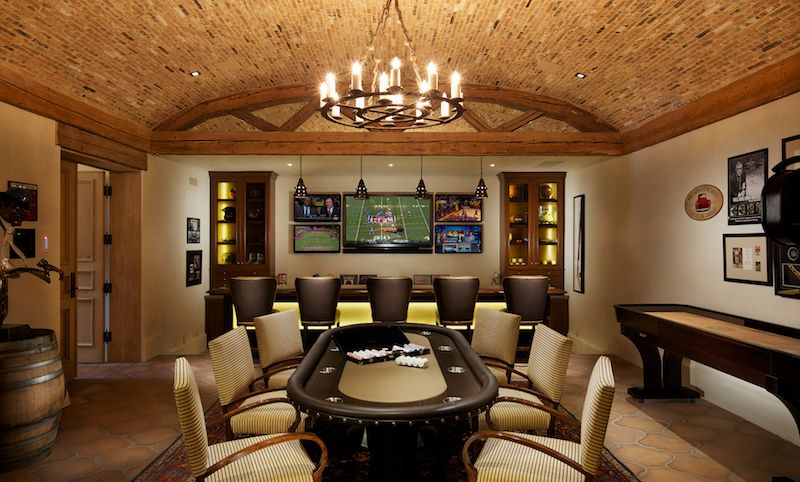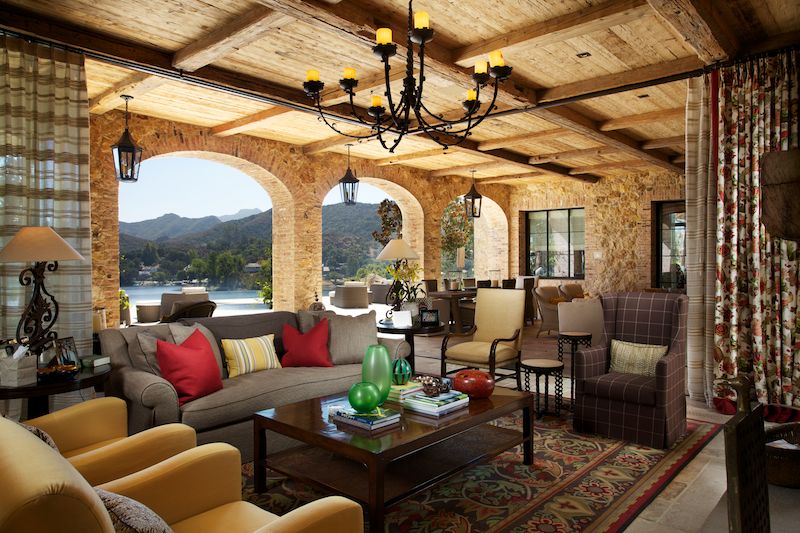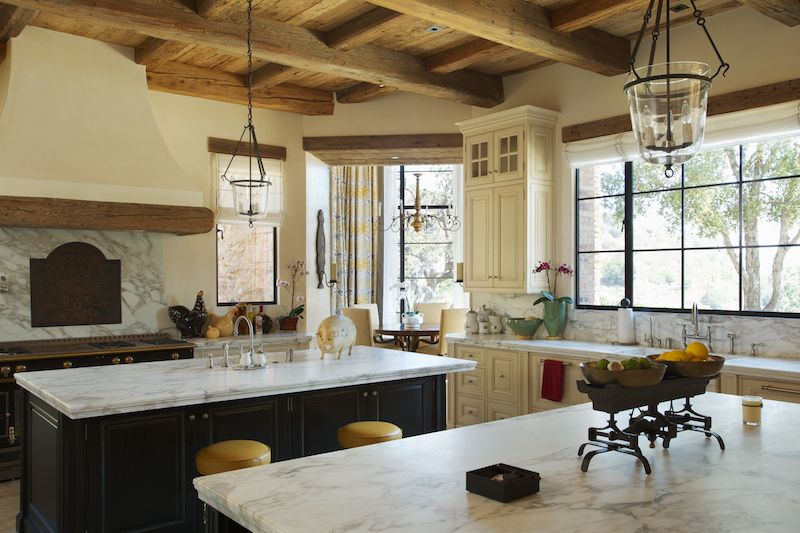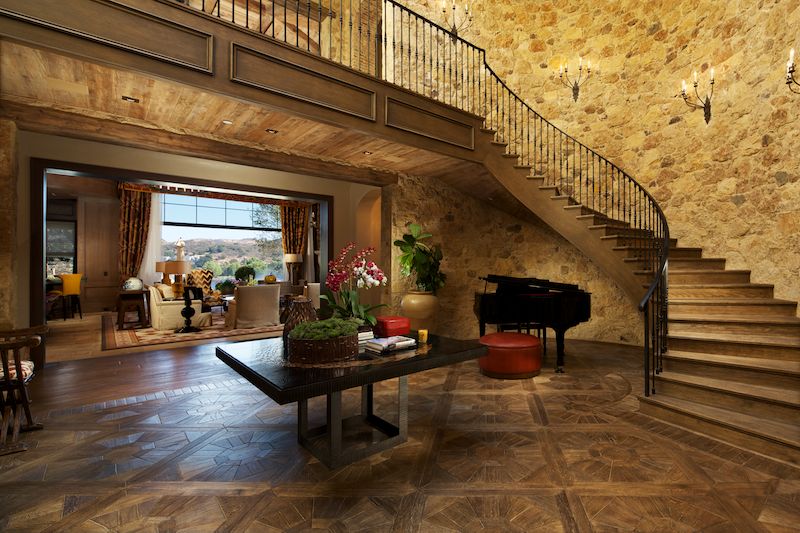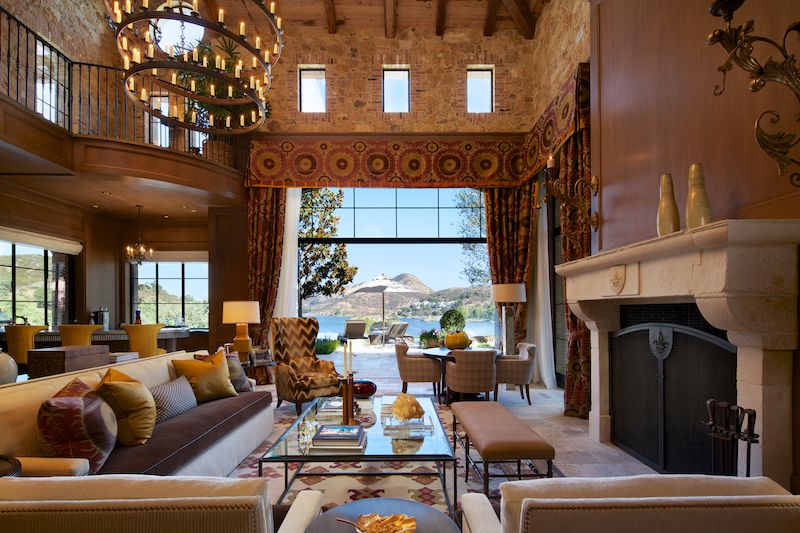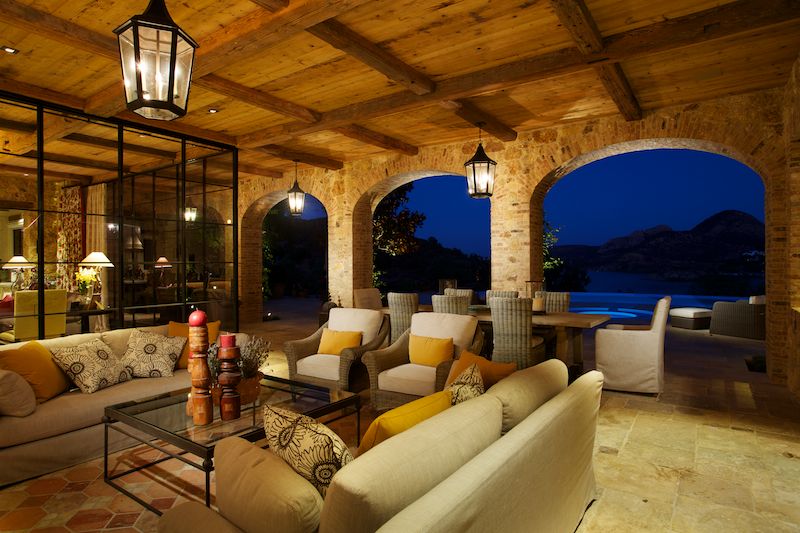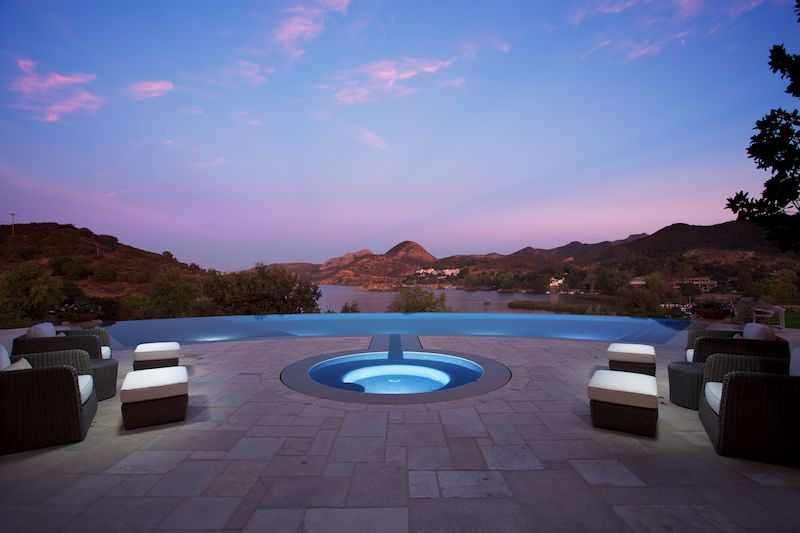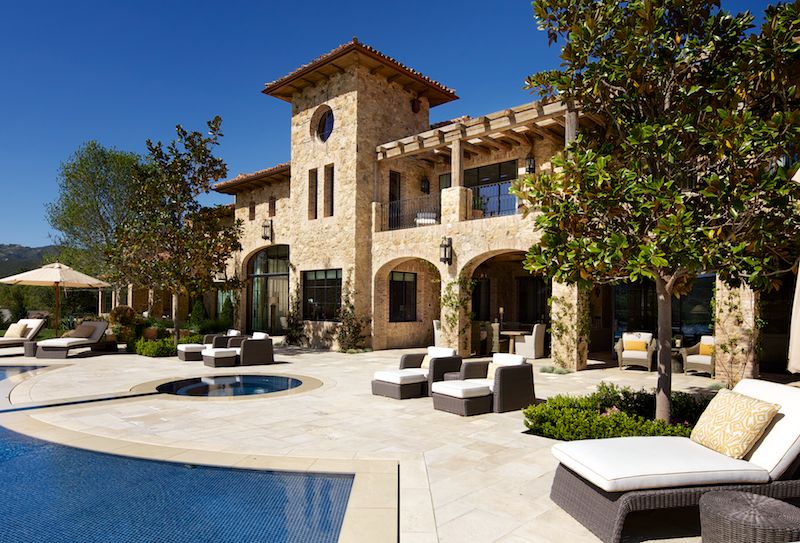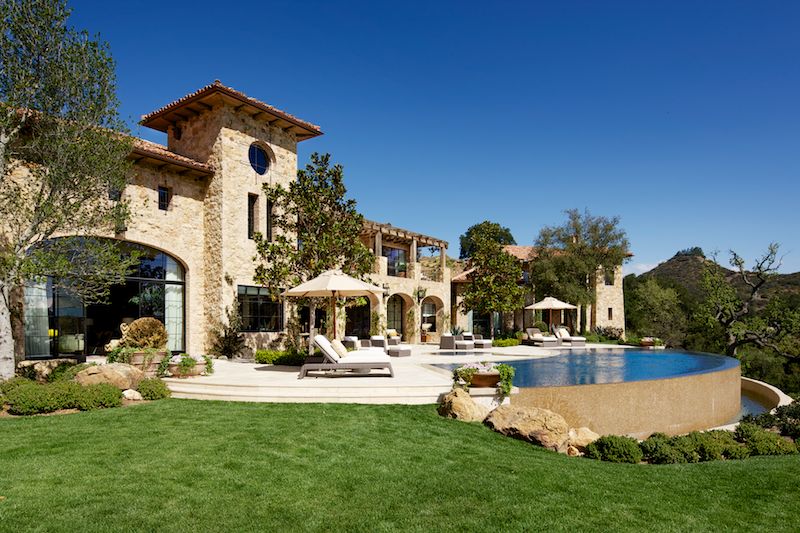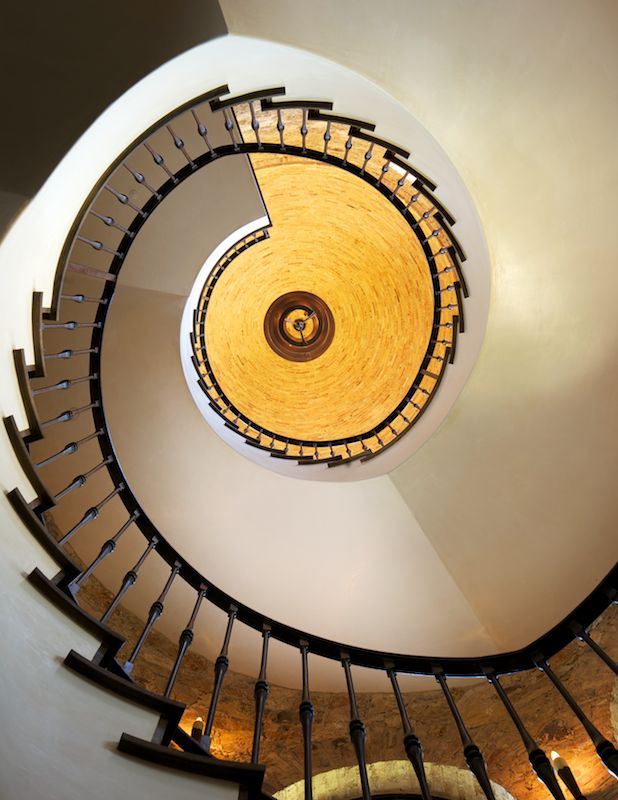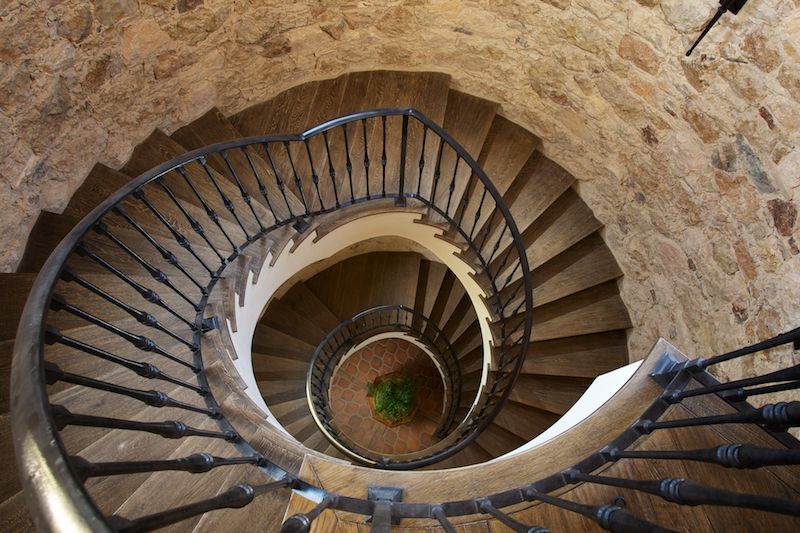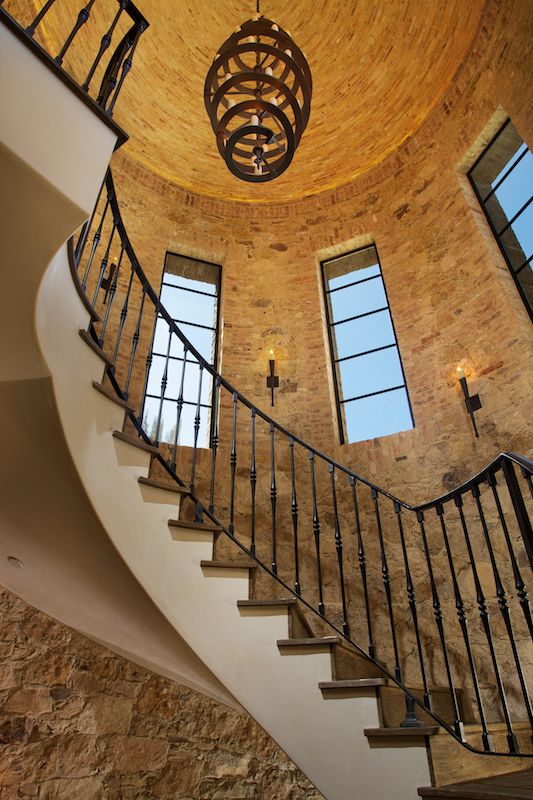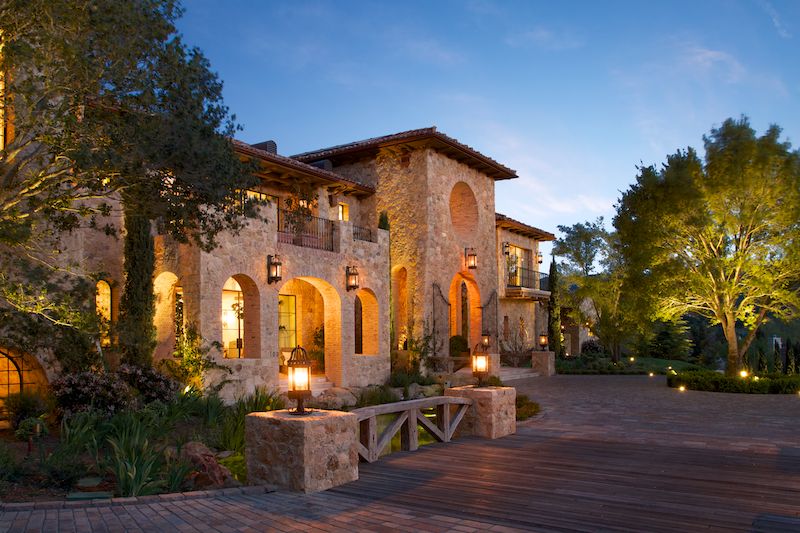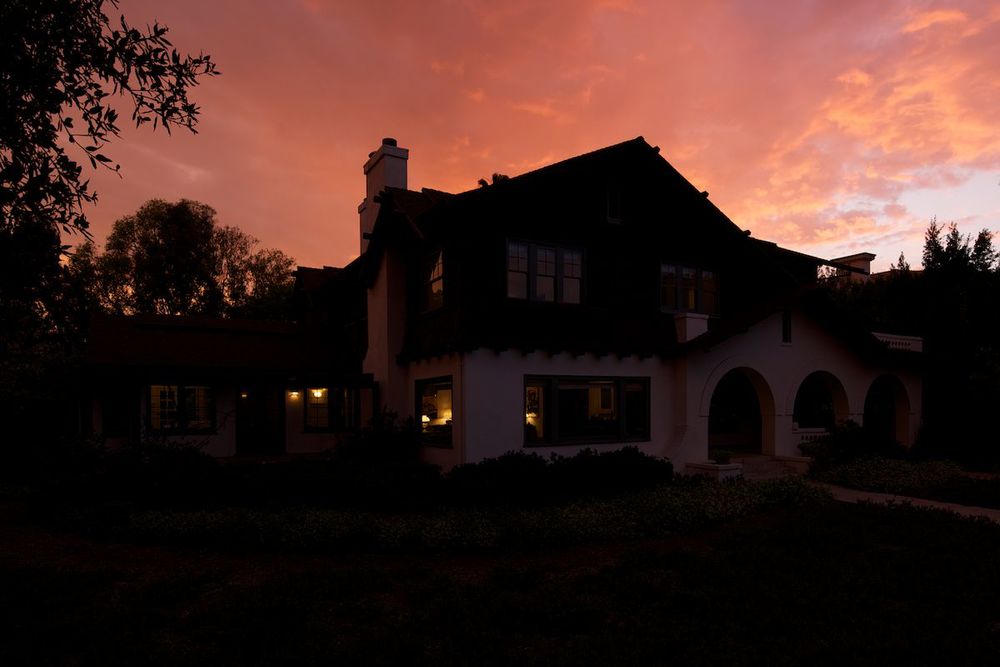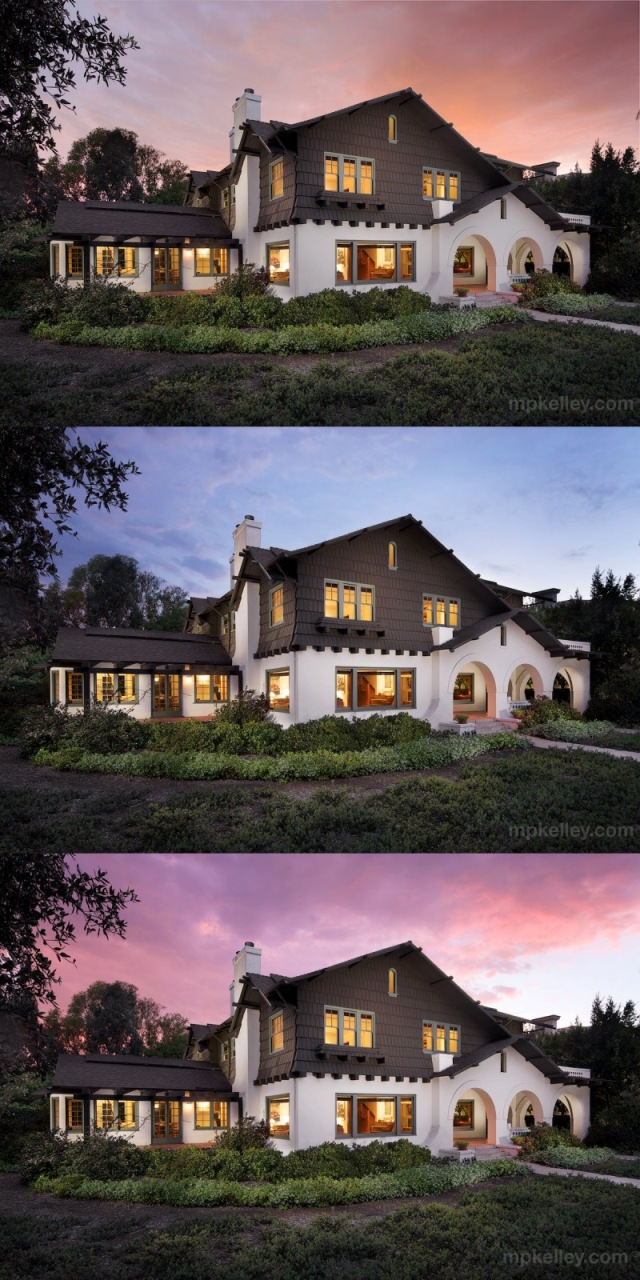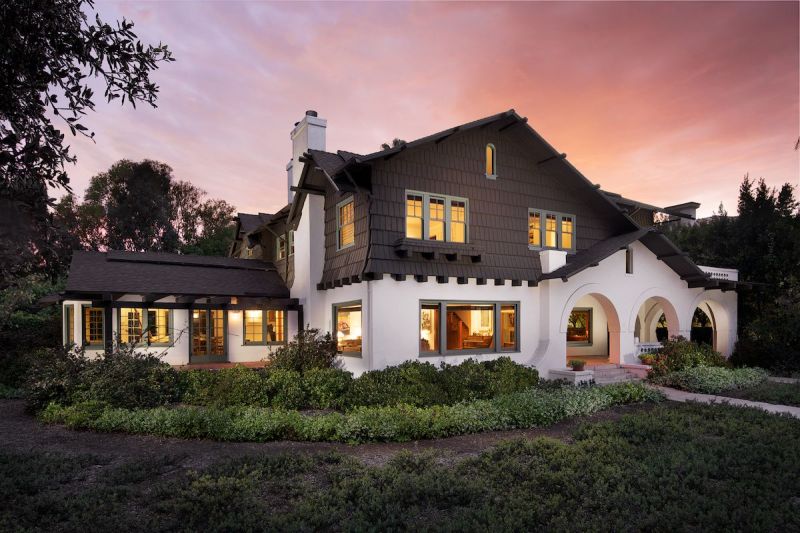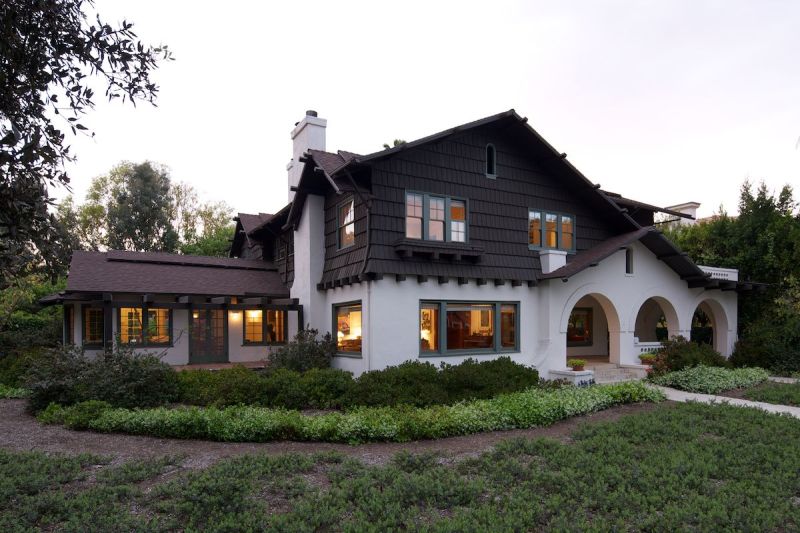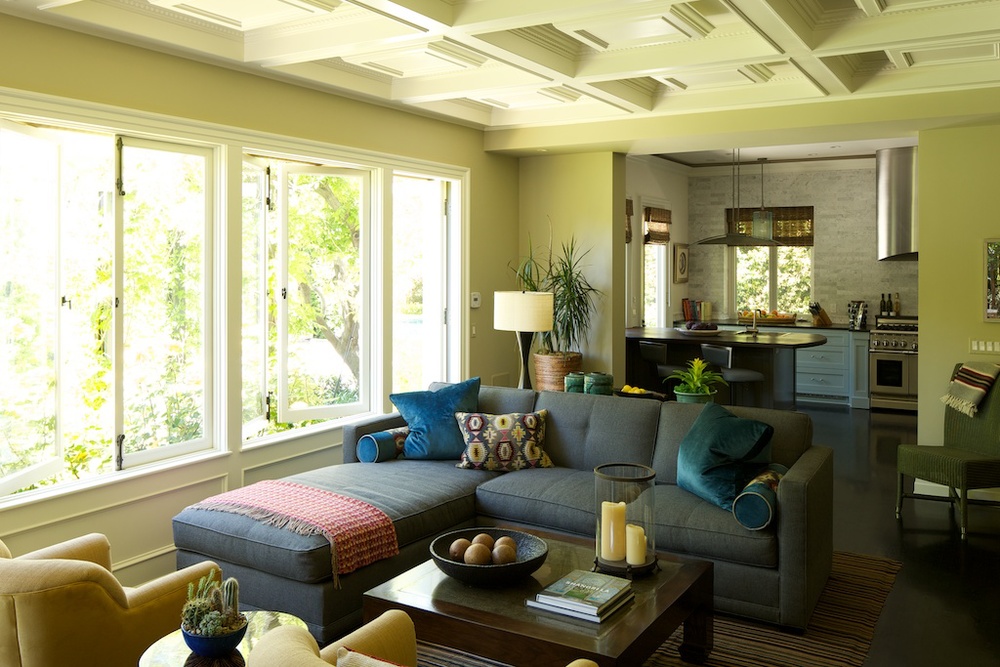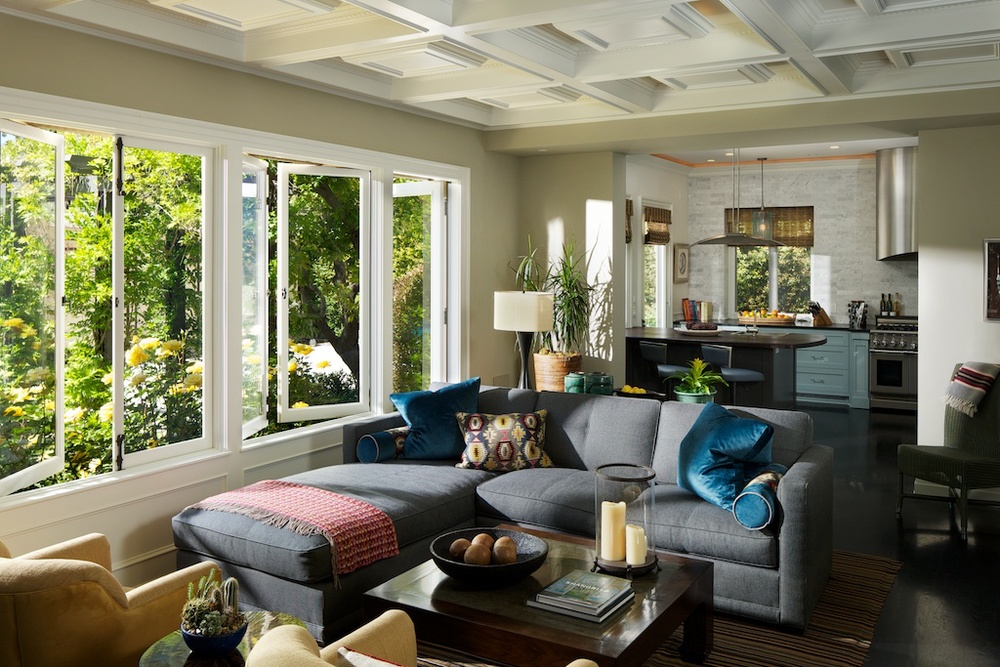One of the best things about being an architectural photographer is definitely the amount that I get to travel. I recently packed up the car, blew Los Angeles a kiss, and headed to Phoenix, Arizona for a week to photograph five custom homes by a builder based in Scottsdale. The client, C5 Builders, was looking to improve their advertising presence by upping the quality of their photographs.
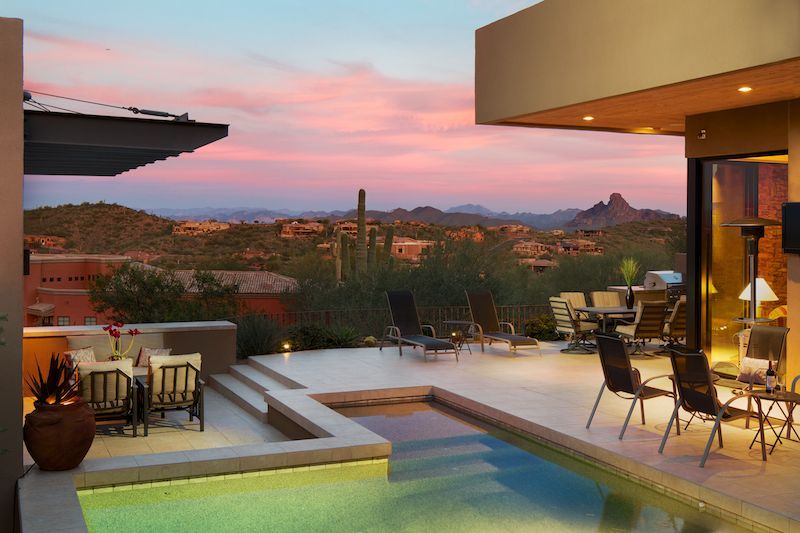
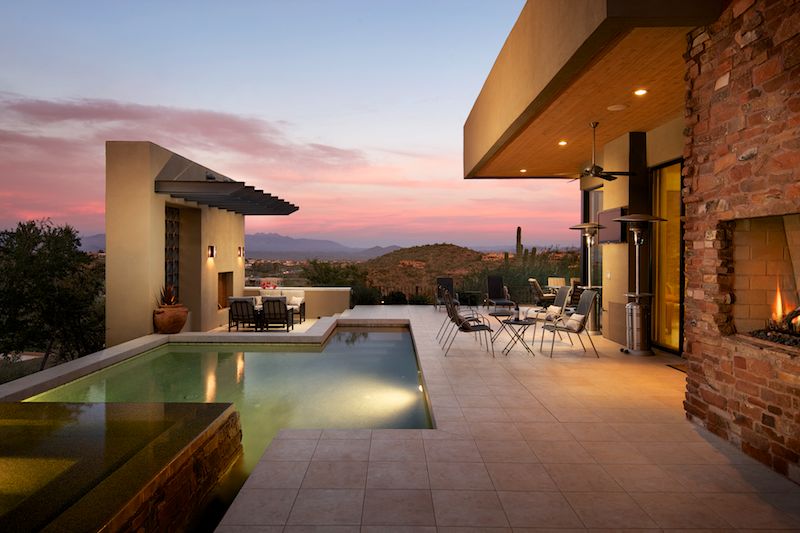
While these homes were finished between 2005 and 2011, they didn't look dated to my eyes at all. They were such a breath of fresh air to photograph: low, flat roofs and plenty of clean lines make for an architectural photographers' paradise. My favorite thing about these homes were definitely the exteriors. While here in LA we're blessed with plenty of interesting exteriors, it's great to shoot a totally different style, and Phoenix has plenty of unique exteriors due to its climate and the desire of many architects to integrate the home into the desert landscape in such a way to not disturb it at all. Many of the homes are planned to precisely follow the existing landscape - in many areas, it is forbidden to dig more than a foot or two into the ground, and you are encouraged to build around the beautiful Saguaro cacti that populate the area. If you need to remove one, you must replant it locally, and in many cases homes are designed entirely around old growth Saguaros because of the delicate arms. It's much, much easier to relocate the young Saguaros, or spears as they are known, due to their lack of arms. If you must move one of the big guys, it takes tons of special equipment and is often done at great cost.
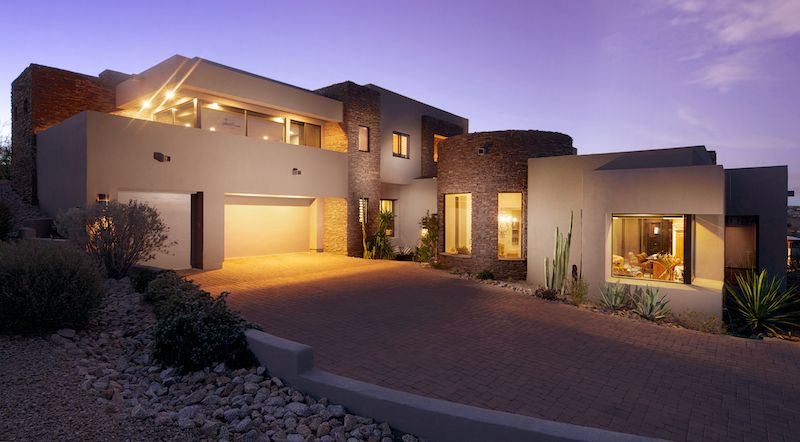
Photographing out here definitely requires a number of alterations to workflow, as well. Because we were shooting in the spring, which is apparently the season when Rattlesnakes are the most active - we were always on the lookout (and the listenout, if you will) for that signature rattling sound. In many cases my tripod was set up in untamed desert - not many people buy into the whole concept of a manicured lawn in Phoenix - and plenty of small wildlife darted in and out of my tripod legs. It was definitely something that sat in my mind the entire time, which isn't helped by the fact that I have miserable hearing to begin with.
Another challenge, not only to building these homes, but to shooting them as well - is, of course, the cacti that are everywhere. I'd been to Scottsdale before, but I didn't venture too far out into the desert, so I wasn't really worried about running into a cactus. However, on this trip, there were plenty of occasion where I was setting up right in the middle of a grove of cacti. It was on my second shoot of the week where I learned pretty quickly that I needed to be super, super careful where I was walking. I was taking some daylight exteriors of one home and inadvertantly brushed my left hand against a Jumping Cholla (click here for more info). Anyone familiar with these will tell you what an absolute pain in the butt they are. The thorns are covered in microscopic barbs which run in an opposite direction, so once they're in your skin, it takes one hell of a yank to get them out, which just tears up your skin even more. Since the needles are very thin and grow in clumps, once you get one stuck on your hand, you're pretty much screwed. It took about a half an hour to remove 30-some Cholla needles from my hand, and by the time the ordeal was over, my hand was shaking uncontrollably and there was enough blood on it to make an impromptu trip to donate it at the nearest Red Cross. In the heat of the moment, I totally forgot to get a picture - next time, I'll be sure to, though I'm secretly hoping there never is a next time. Ouch.
Despite the blood, sweat, and tears (first time I've ever used that expression literally), I was extremely happy with the images created on the trip. Once again, I had to adhere to a grueling shooting schedule - five homes in five days, and when all was said and done I'd shot over 60 gigabytes of material.
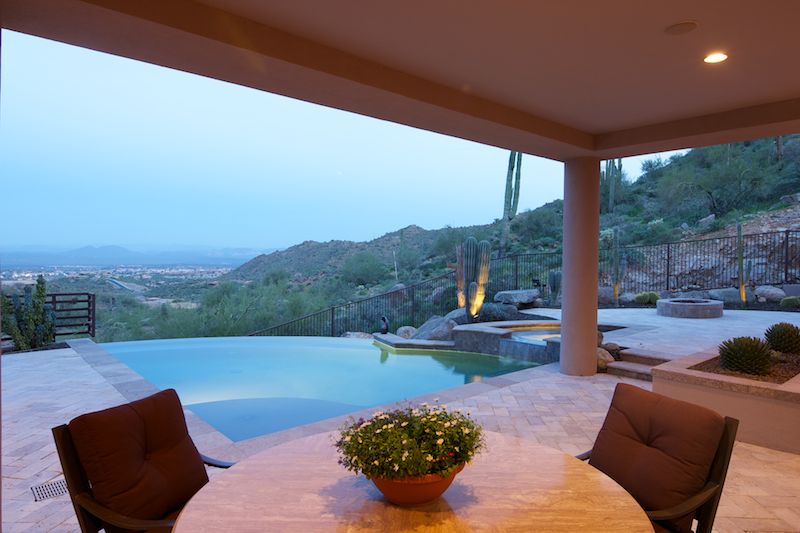
Before, after, and plenty of Saguaros...
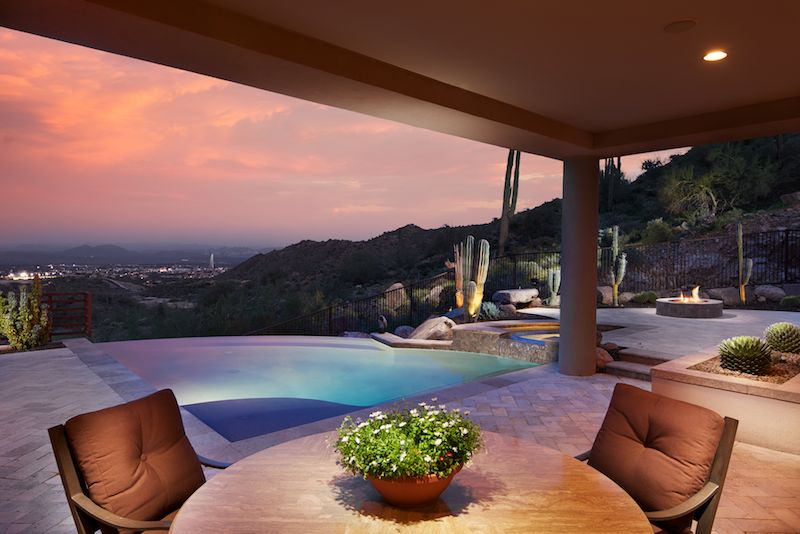
My definite favorites are the exteriors, since like I said, these are all so unique and I don't get to see anything like it in Los Angeles. A few of them underwent rather drastic changing in post-processing, as it seemed that clouds threatened the shoot every night. There were a couple nights where the gathering clouds made for some dramatic pastel sunsets which were great (as in the first couple images) but for a few nights the cloud cover was completely blocking any color from the sky, which something I definitely wasn't prepared for as Phoenix is one of the hottest and driest places I've ever shot. Just goes to show you that you can never depend on anything, even when you're shooting in the desert and blue skies are the norm.
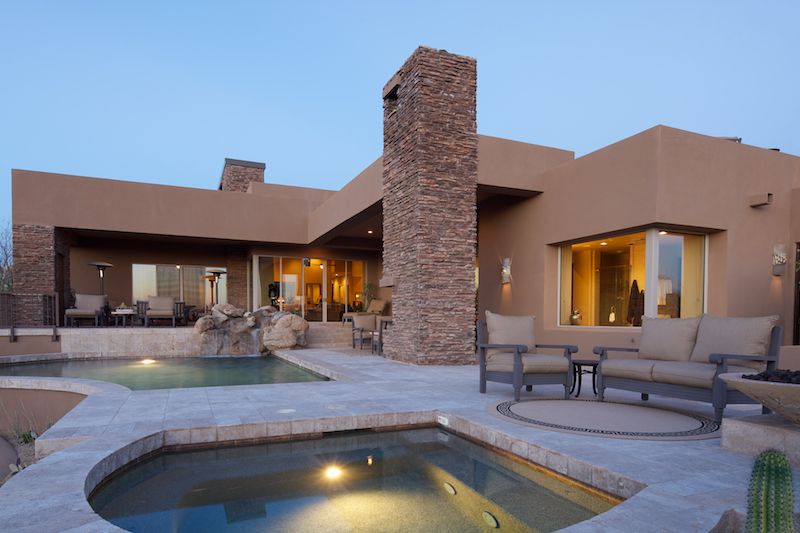
Before and after, with some Phoenician clouds...
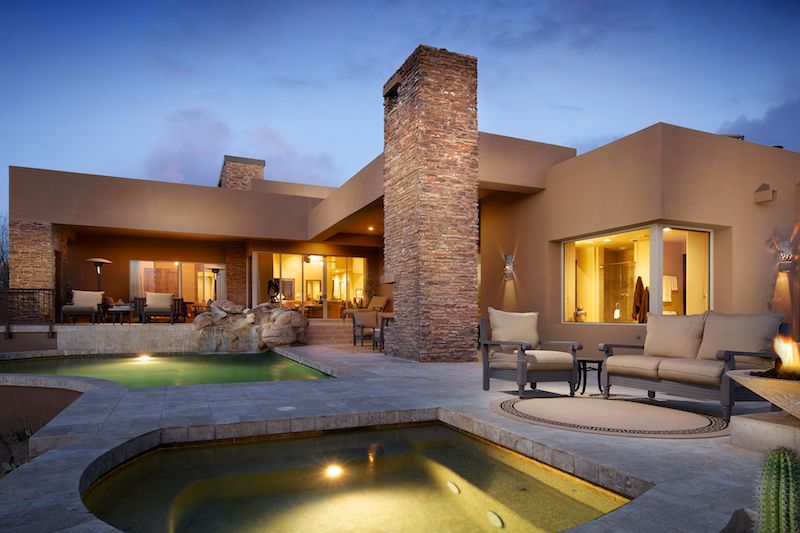
That's why I always preach that good skills with post processing and lighting can get you out of a bind - together those skills will ensure that you can deliver the results you want EVERY. TIME. Especially when clients are counting on it and you've traveled a good six hours from home to do it...
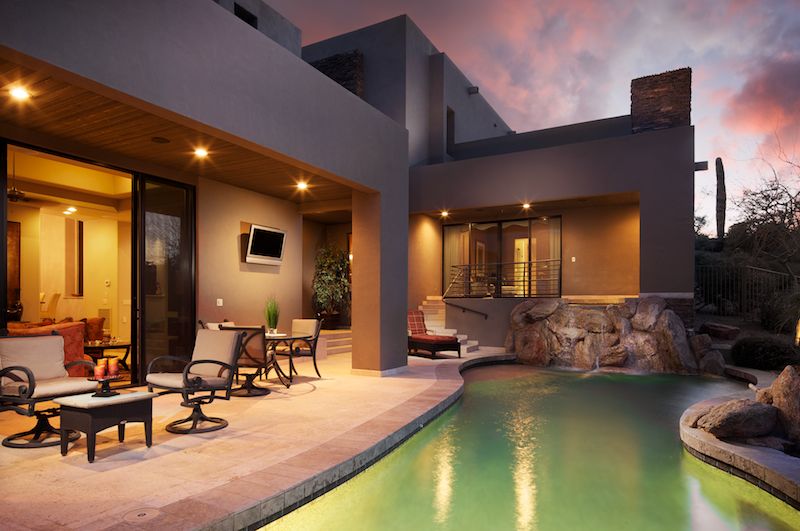
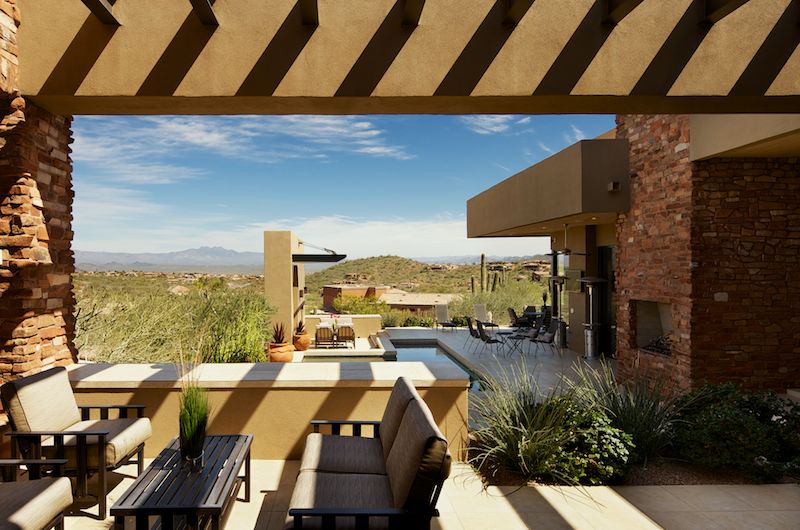
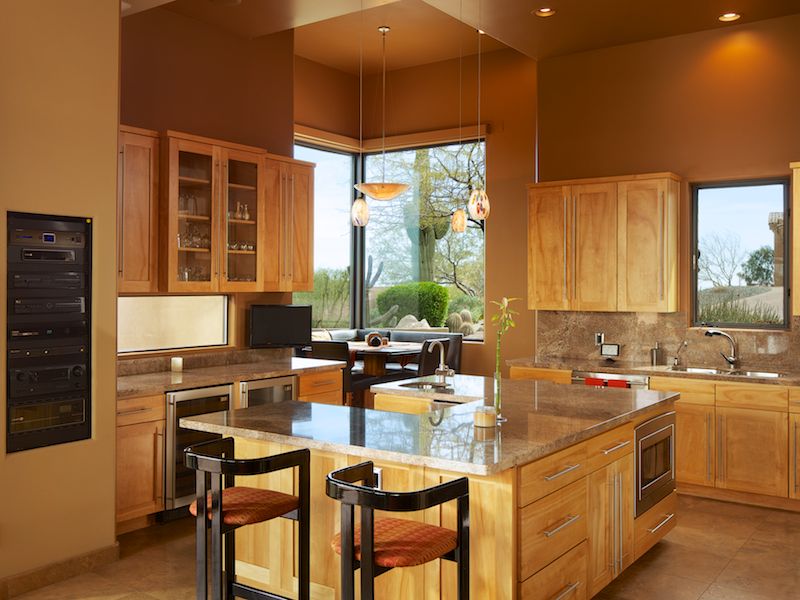
In addition to all of my rambling, I'm happy to announce that I've partnered with Fstoppers.com to release a ton of behind-the-scenes footage from my trip to Phoenix. It's in post production right now - and as I type this, we're putting the finishing touches on it. I had no idea how long it would take to cut together a fifteen minute long behind the scenes video, but we're getting there! So apologies for the wait - as it's been about two months in the making. Til next time...when I fly across the country and experience some Southern Hospitality!
